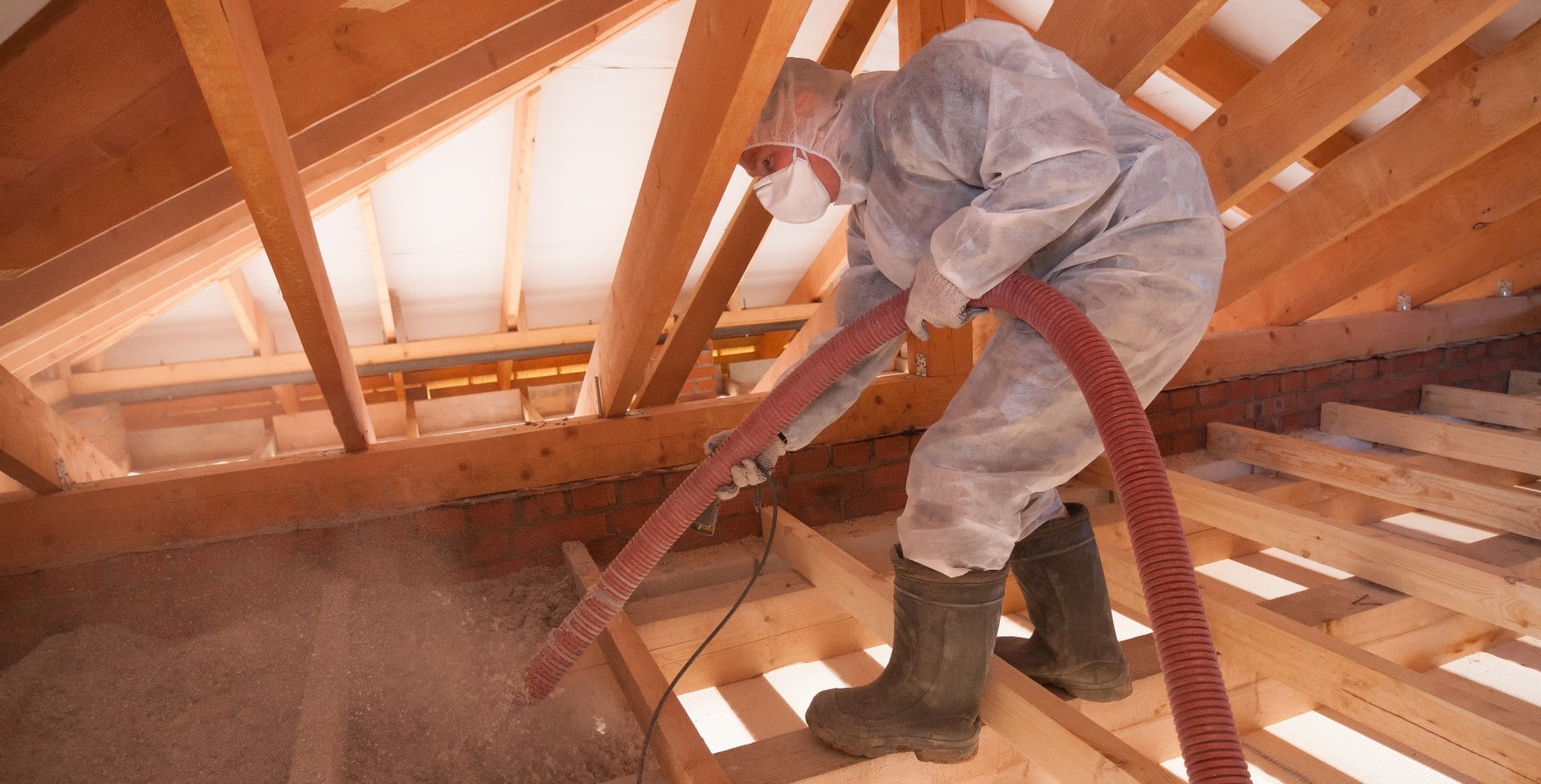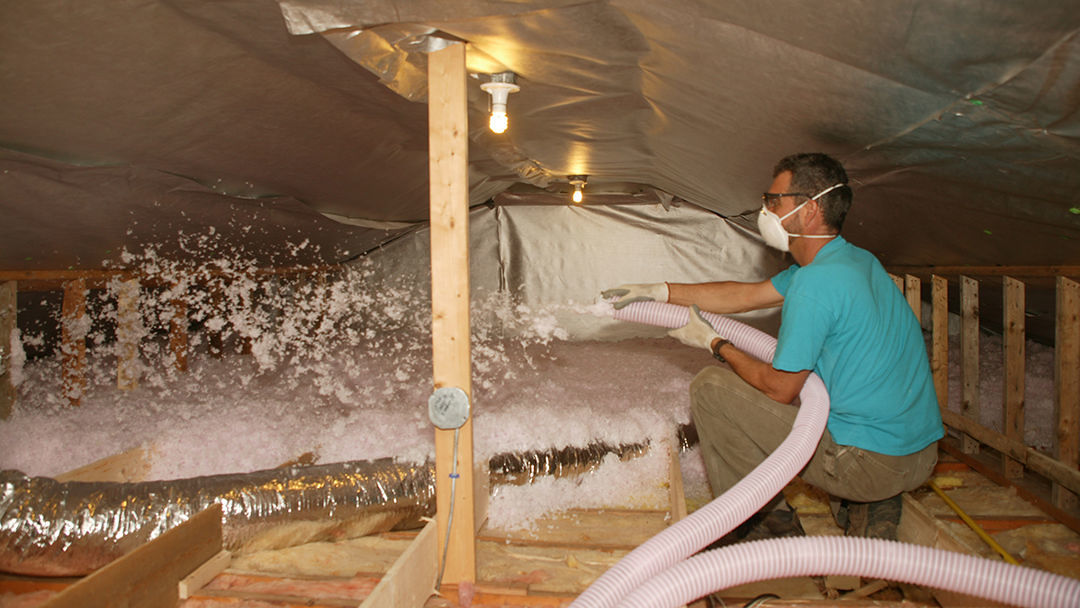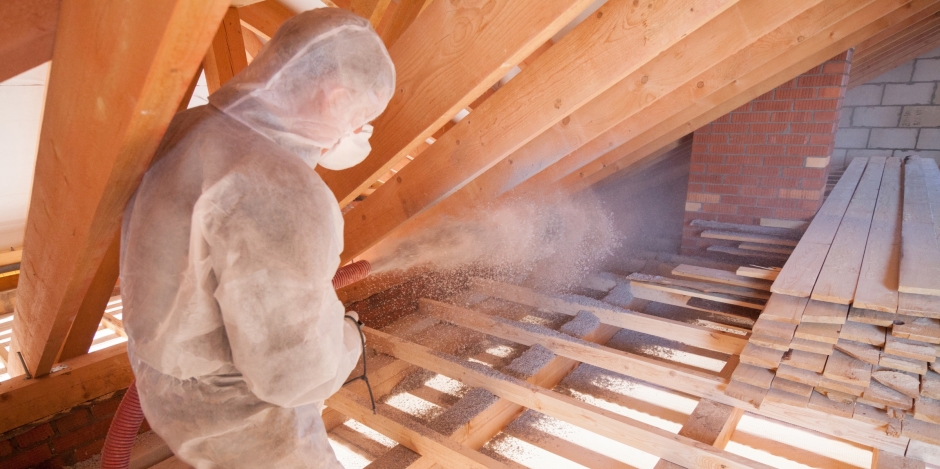Attic Insulation DFW: What You Need to Know Prior To Updating Your Insulation
Attic Insulation DFW: What You Need to Know Prior To Updating Your Insulation
Blog Article
Discover the Different Kinds Of Attic Insulation and Their Unique Advantages for Your Home's Power Efficiency

Fiberglass Insulation
Fiberglass insulation is among the most generally made use of materials for attic insulation due to its outstanding thermal performance and cost-effectiveness. Made up of tiny glass fibers, this product effectively traps air, creating an insulating obstacle that assists preserve consistent indoor temperatures. Its high R-value per inch makes it specifically reliable at withstanding heat transfer, which is critical for energy preservation in homes.
Setup of fiberglass insulation is fairly uncomplicated, usually offered in batts or loose-fill kinds, suiting numerous attic arrangements. In addition, it is immune and non-combustible to wetness, reducing the risk of mold development. This toughness adds to its longevity, making fiberglass a feasible lasting financial investment for house owners.
In addition, fiberglass insulation is typically made from recycled products, which enhances its eco-friendliness. The material can also add to soundproofing, decreasing noise transfer in between spaces. While it is important to put on safety gear during installment to stay clear of inflammation from the fibers, the general benefits of fiberglass insulation, consisting of energy cost savings and ecological factors to consider, make it a popular selection for enhancing attic room performance and promoting a comfy living atmosphere.
Spray Foam Insulation
Spray foam insulation is a highly effective option for attic insulation, known for its exceptional air securing and thermal performance. This ingenious insulation material is made up of a blend of isocyanate and polyol material, which, when incorporated, expands rapidly to fill gaps and tooth cavities in the attic room space. Its capability to abide by numerous surface areas ensures a constant barrier versus air leaks, significantly reducing heat loss throughout colder months and warm gain throughout warmer periods.
Among the crucial advantages of spray foam insulation is its high R-value per inch, which suggests it provides superb thermal resistance in a fairly slim application. This is specifically advantageous in attic rooms where room is frequently restricted. In addition, spray foam can assist reduce wetness build-up, decreasing the danger of mold and mold development, which can be harmful to both the structure and indoor air high quality.
While the initial cost of spray foam insulation may be greater than standard options, its long-lasting power savings, paired with raised convenience and improved home worth, make it a rewarding financial investment for home owners looking for enhanced energy efficiency. Attic Insulation DFW. In general, spray foam insulation attracts attention as an efficient option for enhancing attic insulation
Cellulose Insulation

Cellulose insulation is a prominent choice for attic insulation, mainly made up of recycled paper products treated with fire retardants. This eco-friendly option is known for its excellent thermal efficiency, effectively decreasing warm transfer in both summer season and winter season. The dense composition of cellulose enables it to load spaces and spaces in attic room areas, offering a seamless obstacle against air leakages.
One of the substantial advantages of cellulose insulation is its capability to resist mold and mildew and bugs, owing to the fire resistant treatments made use of throughout production. Furthermore, it boasts a high R-value per inch, which equates right into superior energy effectiveness. House owners can expect lower cooling and heating costs as a result of boosted insulation.
Setup is commonly completed through blowing loose cellulose into the desired location, enabling a effective and quick process. This approach likewise decreases interruption to the existing structure. Moreover, cellulose insulation has a reasonably reduced ecological influence, as its production process makes use of recycled materials, adding to lasting structure methods.
Rock Wool Insulation
Among the different choices for attic insulation, rock woollen, additionally referred to as mineral woollen, attracts attention as a result of its remarkable thermal and acoustic efficiency. Made from recycled or natural materials, rock woollen is read this post here produced by thawing rock and rotating it right into fibers, resulting in a product that uses exceptional insulation residential properties.
Among the considerable advantages of rock woollen insulation is its high R-value, which shows its effectiveness in withstanding heat flow. This characteristic not only enhances energy efficiency but additionally contributes to keeping a comfy interior temperature level year-round. Furthermore, rock woollen is naturally fireproof, making it a more secure alternative for homes as it can endure high temperature levels without melting or launching toxic fumes.
Moreover, rock woollen insulation stands out in soundproofing capacities, properly lowering sound transmission in between spaces and from outdoors resources. On the whole, rock wool insulation offers a detailed solution for enhancing power efficiency, safety, and convenience in household setups.
Glowing Obstacle Insulation
Glowing obstacle insulation acts as an efficient solution for lessening warmth transfer in attic rooms, specifically in warmer climates. This kind of insulation jobs by reflecting convected heat far from living spaces, thus decreasing the quantity of warm that goes into a home during heat - Attic Insulation DFW. Usually composed of an extremely reflective material, such as aluminum foil, glowing obstacles are set up in attics, facing the roof covering, where they can obstruct inbound warmth from the sunlight
The key advantage of glowing obstacle insulation try this website is its capacity to reduced air conditioning expenses. By mirroring warmth instead of absorbing it, glowing obstacles can assist maintain a more steady interior temperature, decreasing the work on a/c systems. This performance equates right into reduced energy costs and increased comfort for house owners.
Along with energy savings, radiant obstacles can also contribute to boosted indoor air high quality. By reducing warm build-up, they help minimize moisture levels, which can prevent mold and mildew growth and improve total air blood circulation. When mounted correctly, radiant obstacle insulation can be a very useful enhancement to any type of energy-efficient home, making it a deserving consideration for homeowners aiming to improve their attic insulation strategy.
Final Thought
Finally, understanding the different kinds of attic insulation-- fiberglass, spray foam, cellulose, rock wool, and glowing obstacles-- makes it possible for homeowners to make educated choices concerning energy performance. Each insulation kind offers unique benefits, such as superior thermal resistance, wetness monitoring, and sound depletion. By choosing the proper insulation material, substantial reductions in energy prices can be accomplished, in addition to improvements in indoor comfort. Eventually, the appropriate selection adds to a more sustainable living environment and advertises general power preservation.

In final thought, comprehending the different types of attic insulation-- fiberglass, spray foam, cellulose, rock woollen, and radiant barriers-- enables property owners to make educated choices concerning energy performance.
Report this page